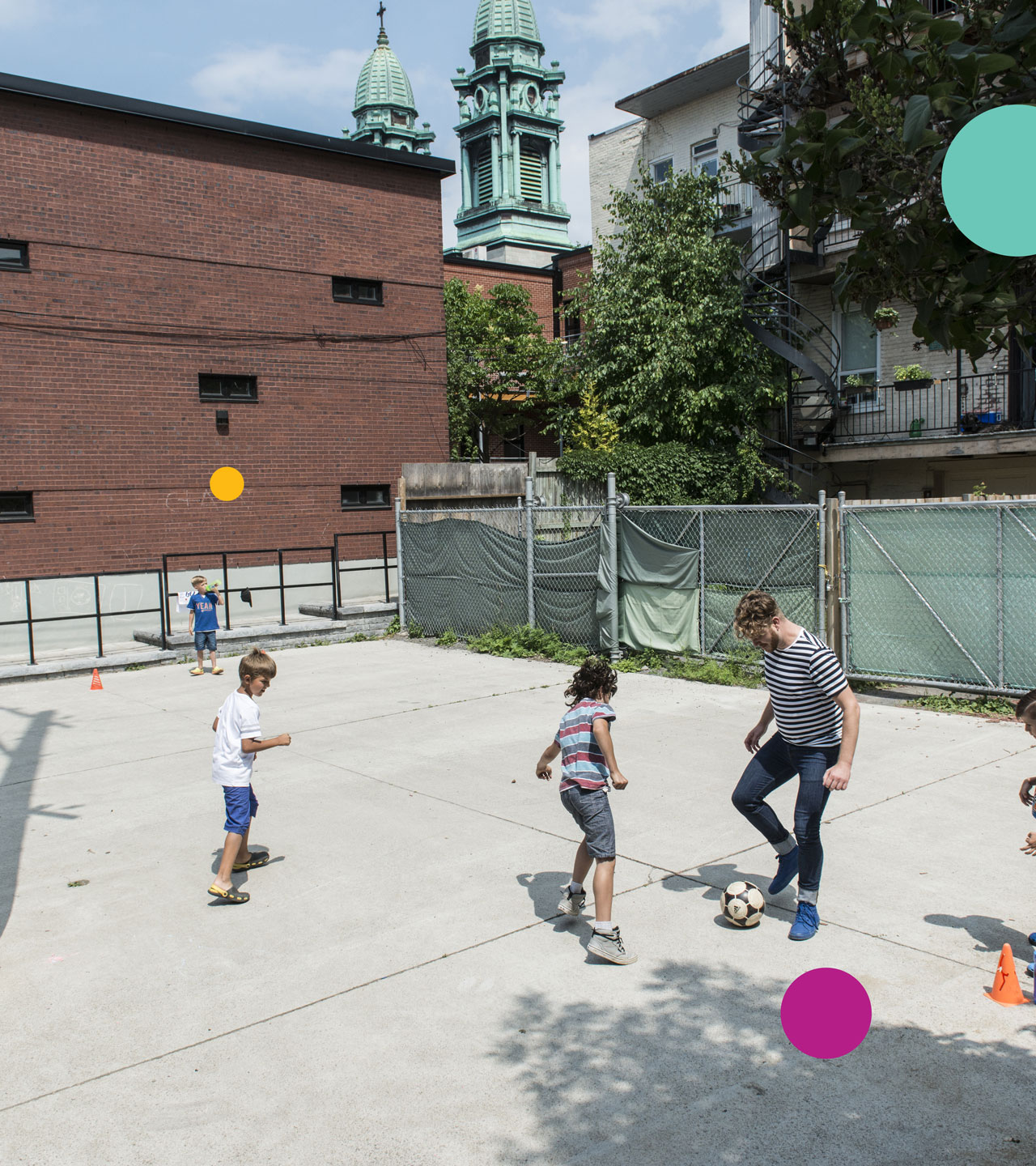The unique approach of community social pediatrics
The integrated social medicine approach developed by Dr. Julien focuses on the needs, interests and fundamental rights of children in vulnerable circumstances. It creates a protective circle around the child by leveraging the child’s strengths together with the resources of their family and the key people in their life and their community, in a collaborative way. Researchers agree that the ability to reach and identify children with the greatest needs is enhanced by geographical proximity combined with the availability of activities directly within the community and links with institutions.* *Clément et al., 2015
